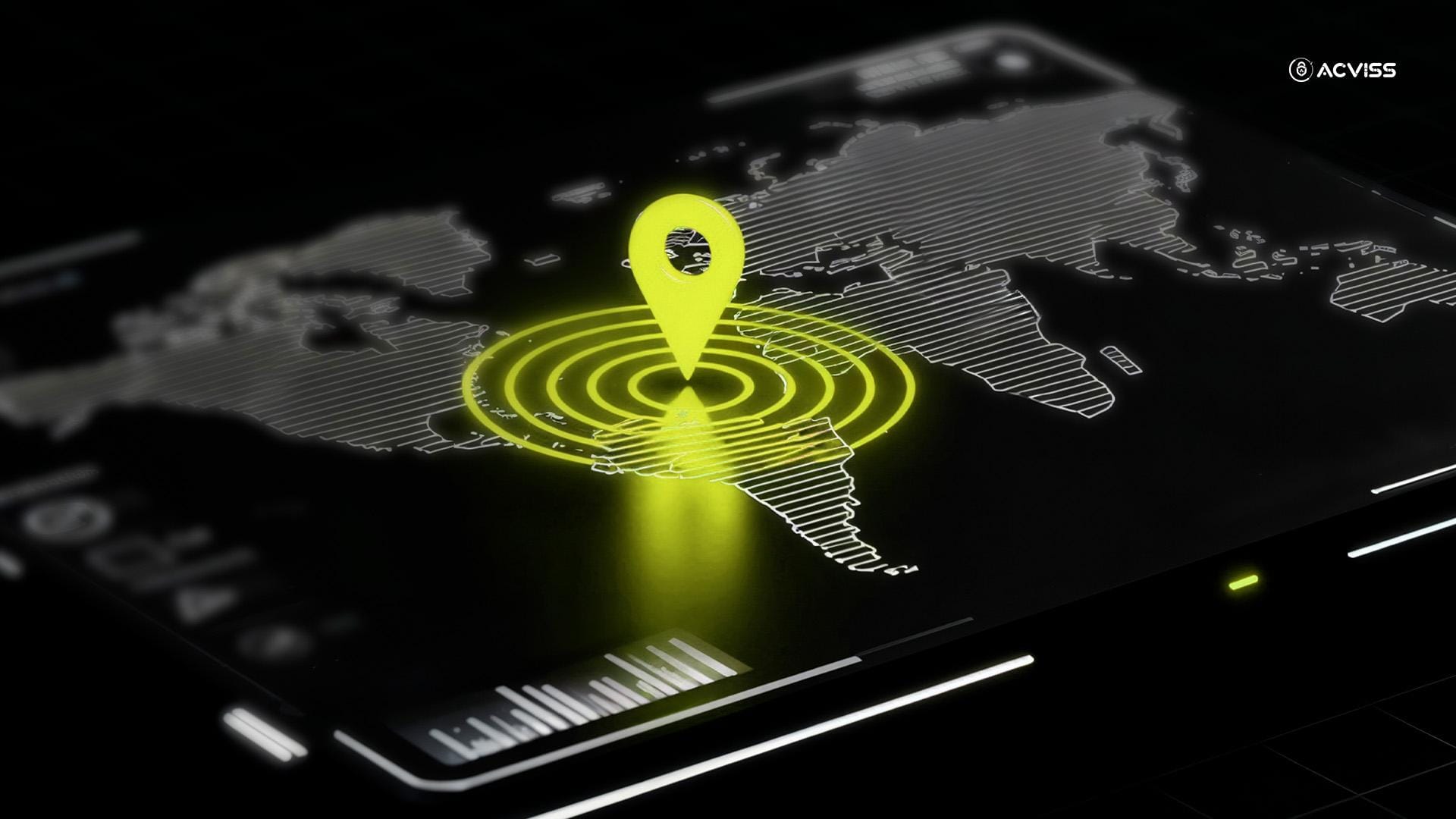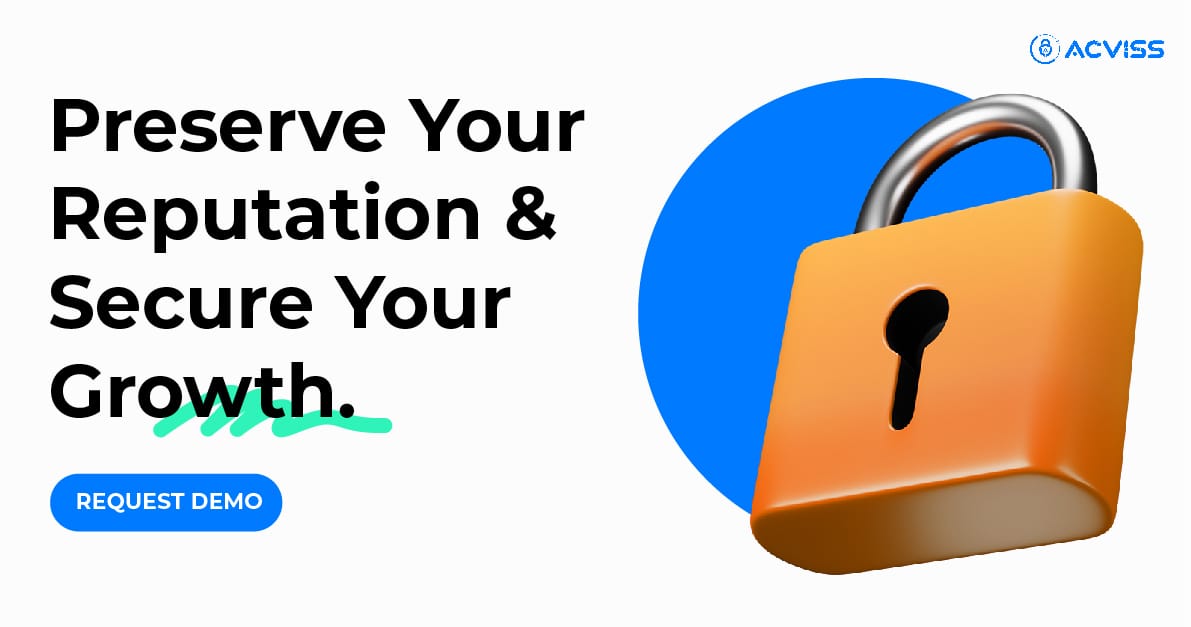Solving Tax and Route Leakage in Alcohol Supply with Hierarchical Codes

How brands can secure revenue, protect IP, and gain trust in a vulnerable supply chain
Alcohol has always walked a tightrope. On one side, it's a thriving, high-margin industry; on the other, it's riddled with smuggling, tax evasion, and counterfeit infiltration. For governments, this means significant revenue loss. For brands, it’s a direct threat to their product authenticity, reputation, and customer trust. For consumers, it can be dangerous, even fatal.
Among the many cracks in the alcohol supply chain, two are particularly critical: tax leakage and route leakage. These are not just accounting or logistical nuisances; they are systemic threats that undermine trust, compliance, and profitability. Fortunately, technology has evolved beyond barcodes and QR codes to offer track and trace solutions that can transform supply chain visibility. Chief among them is the use of hierarchical codes, supported by cutting-edge brand authentication and IP protection systems.
This blog dives deep into how hierarchical codes are tackling one of the most complex challenges in the liquor supply chain, and how brands can leverage this to protect their trademarks, boost consumer confidence, and comply with regulation.
Understanding the Twin Threats: Tax and Route Leakage
Tax leakage occurs when liquor is sold without the appropriate excise duties being paid. Whether through underreporting, production beyond licensed limits, or illicit diversion, the result is a major loss to the exchequer and an unfair playing field for compliant brands.
Route leakage, meanwhile, involves products being rerouted into markets where they’re not supposed to be sold. A bottle destined for a dry state or a high-tax state is illegally moved to a low-regulation area. It allows illegal distributors to exploit pricing differences, often bypassing checkpoints or relabelling consignments.
In both cases, the central problem is the lack of granular visibility; brands and regulators cannot track the exact movement of every product unit from bottling to retail. Without this, tax evasion and counterfeiting flourish in the shadows.
The Limitations of Traditional Track and Trace Tools

Most brands have some form of track and trace system in place, often involving barcodes, QR codes, or RFID tags. While these tools help in basic product traceability, they are typically linear and insufficient to trace the entire lifecycle of a product across multiple hands.
The challenge grows multifold in the alcohol supply chain, where:
- The volume of shipments is high and often aggregated or disaggregated across warehouses
- Products undergo repackaging or bundling (think cases, crates, pallets)
- There is a lack of real-time synchronisation between manufacturing, distribution, and retail checkpoints
A single code per bottle doesn’t cut it. What’s needed is a multi-level verification system that can trace not just the product, but the relationships between cases, bottles, batches, and consignments.
Enter Hierarchical Codes: A Smarter Way to Authenticate
Hierarchical coding is a next-generation approach to product authentication and traceability, where unique identifiers are assigned to every level of packaging, bottle, carton, case, pallet, and are nested in a parent-child relationship.
Here’s how it works:
- Bottle Level: Each bottle is tagged with a unique, non-replicable code, often invisible or secure, ensuring brand protection and product verification.
- Case Level: The carton or case holding multiple bottles gets its unique code, which contains data about the bottles inside.
- Pallet Level: Larger bundles or shipments are tagged with another layer of codes that map out the cases within.
This hierarchical structure allows for the tracking of every individual bottle, while also monitoring how it is grouped and moved through the supply chain. If a case is tampered with or rerouted, the system flags it. If a bottle is found in a location it was never shipped to, it can be traced back to its origin.
With such a system in place, route deviations become visible in real time. Tax compliance can be enforced by automatically verifying if every unit has followed the approved supply chain. Importantly, the codes are tamper-evident and nearly impossible to clone, an essential for robust anti-counterfeiting solutions.
Why It Matters: Real Impact on Brand Trust and Compliance

1. Plugging tax leaks
Hierarchical codes empower excise departments and brand owners with transparent, real-time movement data. Tax authorities can reconcile inventory against duty-paid units, ensuring no product bypasses the system.
2. Eliminating grey markets
Route leakage is a silent killer. Products intended for specific regions can end up undercutting the market elsewhere. With hierarchical tracking, brands can geo-lock shipments and immediately detect diversion.
3. Enhancing brand reputation
In an industry where brand verification is critical, hierarchical codes allow consumers to verify each unit’s authenticity through a simple scan. This builds consumer trust and reinforces the brand’s stand on safety and transparency.
4. Stronger IP and trademark protection
The ability to prove authenticity at the unit level is a powerful deterrent against counterfeiters. It also supports enforcement and legal action, protecting the brand’s intellectual property in the market.
5. Enabling smarter recalls and audits
If a batch is compromised or expired, brands can identify and recall specific units without pulling entire product lines, saving time, cost, and consumer goodwill.
Acviss and the Power of Connected Traceability
Technologies like Acviss Origin are at the forefront of implementing such hierarchical track-and-trace systems. While Origin integrates seamlessly with supply chains, what sets it apart is its multi-level coding and secure, non-cloneable identifiers that prevent tampering, copying, and diversion at any point in the journey.
Origin uses a combination of blockchain-backed traceability and AI-driven authentication to help brands:
- Monitor product movement across distribution layers
- Detect anomalies in routing and inventory
- Enable consumers and regulators to verify product genuineness instantly
For brands looking to secure their IP, trademarks, and market share in highly regulated industries like alcohol, this kind of product traceability is no longer optional; it's the new standard.
Taking the Next Step Toward Secure Supply Chains

The battle against tax and route leakage in the alcohol industry is not just about regulation. It’s about rebuilding trust, with governments, with consumers, and within your operations. Hierarchical coding offers a practical, scalable, and intelligent solution that integrates into your existing packaging and distribution systems.
More importantly, it shifts the power back to the brand. The ability to see, verify, and control your products at every touchpoint creates a moat around your business that counterfeiters and grey marketers cannot cross.
If you're a brand in the alcohol industry, or any industry facing similar traceability issues, now is the time to act.
Interested in learning more? Let’s connect and explore how Acviss can help you protect your products, revenue, and reputation.
